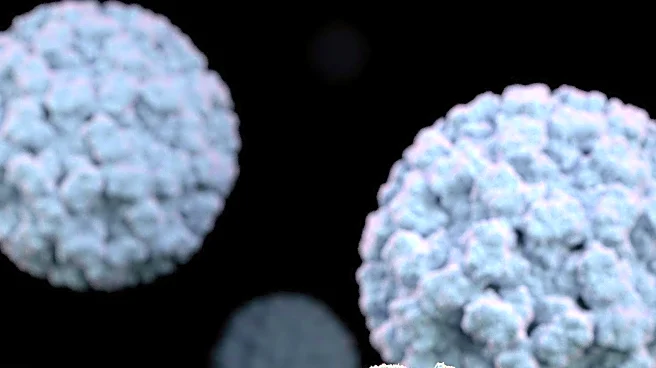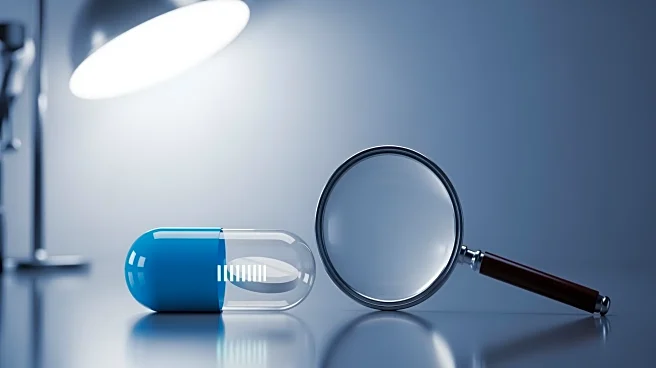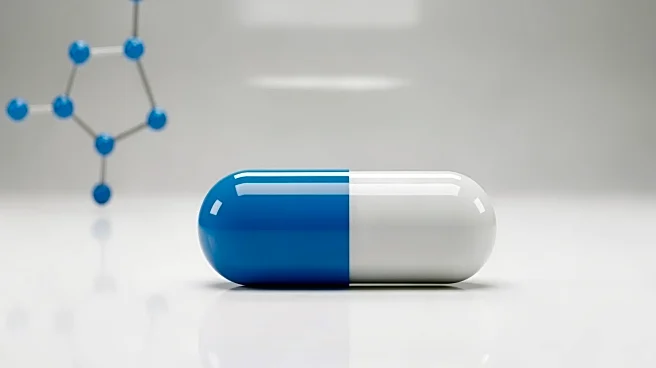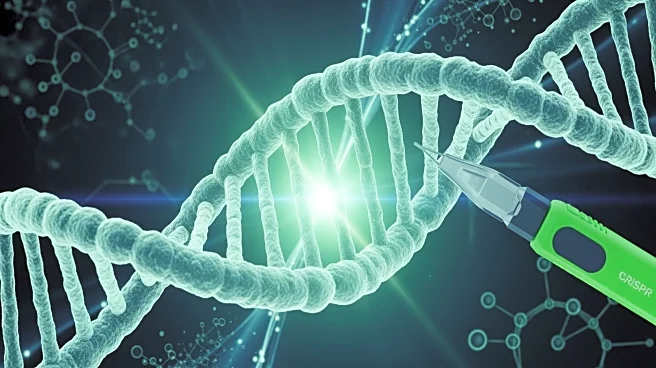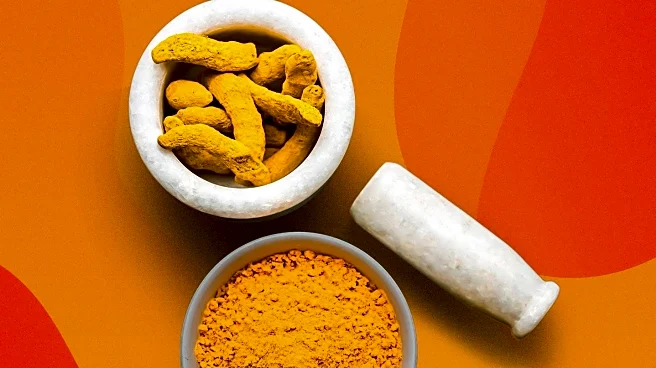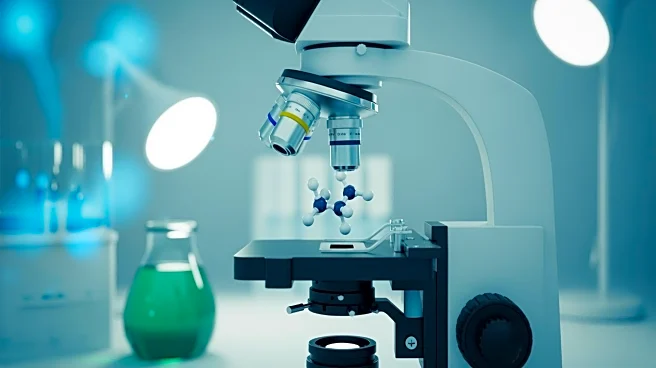What's Happening?
Researchers have identified a new antibiotic compound, pre-methylenomycin C lactone, which shows promise in treating drug-resistant infections such as methicillin-resistant Staphylococcus aureus (MRSA)
and Enterococcus faecium. This discovery was made while studying the biosynthesis of methylenomycin A, a known antibiotic produced by the bacterium Streptomyces coelicolor. The research, published in the Journal of the American Chemical Society, highlights the compound's effectiveness against a range of Gram-positive bacteria and its ability to maintain efficacy without inducing resistance in treated strains. The study was led by chemists Lona Alkhalaf and Greg Challis, who utilized a systematic approach to isolate and characterize the new molecules.
Why It's Important?
The discovery of pre-methylenomycin C lactone is significant as it offers a potential new weapon against antibiotic-resistant bacteria, a growing concern in healthcare. Drug-resistant infections pose a major threat to public health, leading to longer hospital stays, higher medical costs, and increased mortality. The new compound's ability to kill resistant bacteria without promoting further resistance could revolutionize treatment protocols and reduce the burden of superbugs. This advancement could benefit healthcare systems by providing more effective treatment options and potentially reducing the spread of resistant infections.
What's Next?
The research team plans to expand their studies to include more bacterial strains and longer observation periods to fully assess the compound's potential. They are collaborating with synthetic chemist David Lupton to develop a chemical synthesis route for pre-methylenomycin C lactone, which would allow for larger-scale production and further testing. Future research will focus on understanding the compound's mechanism of action and its effects on human cells, with the goal of developing a viable drug for clinical use.
Beyond the Headlines
This discovery underscores the importance of exploring natural products and their biosynthetic pathways for new drug development. It highlights the potential of secondary metabolites produced by microorganisms as sources of novel antibiotics. The study also emphasizes the need for innovative approaches in the fight against antibiotic resistance, encouraging further exploration of uncharted biological compounds.
